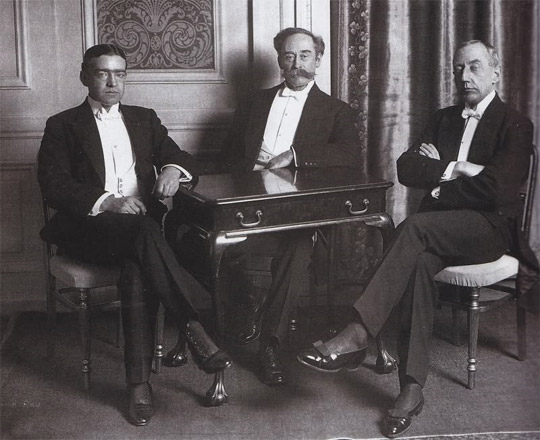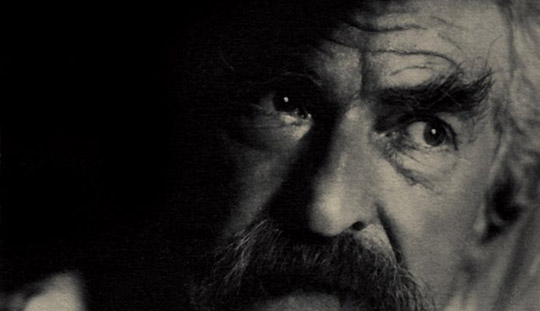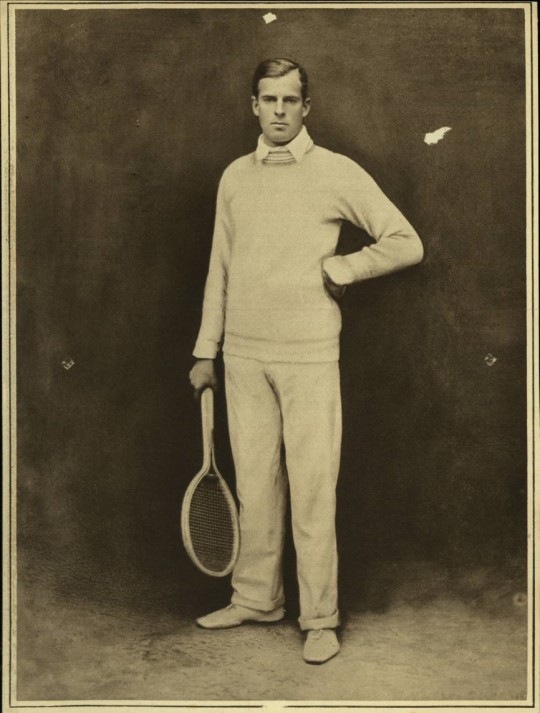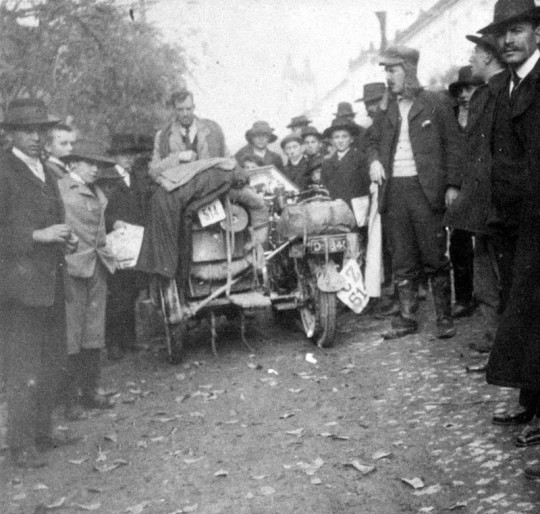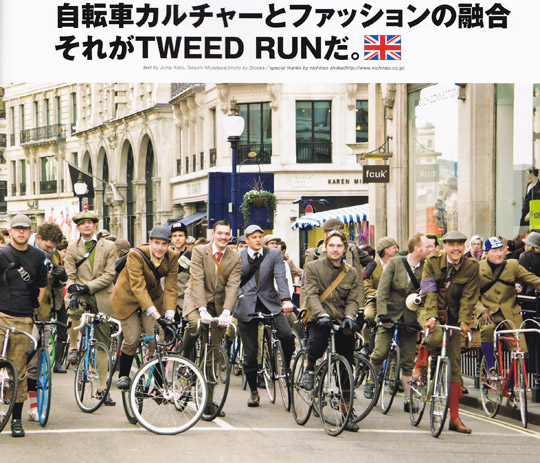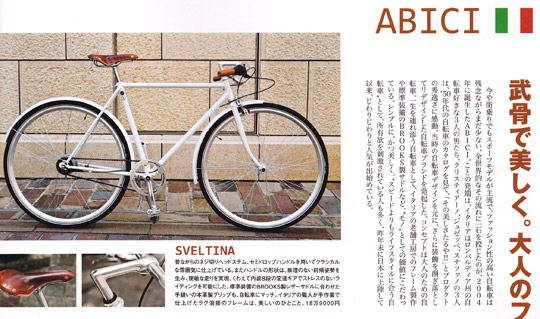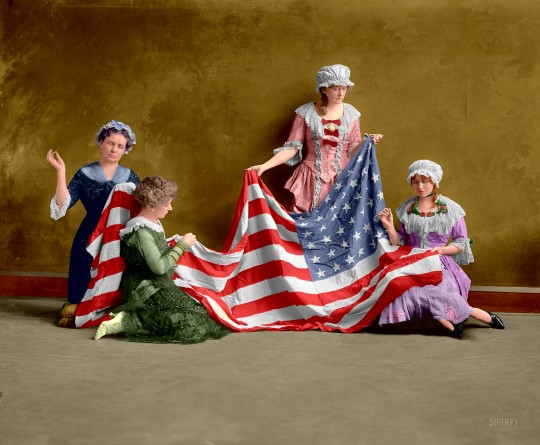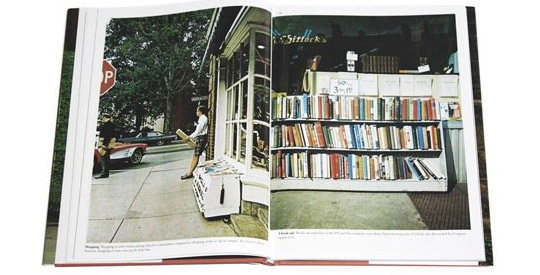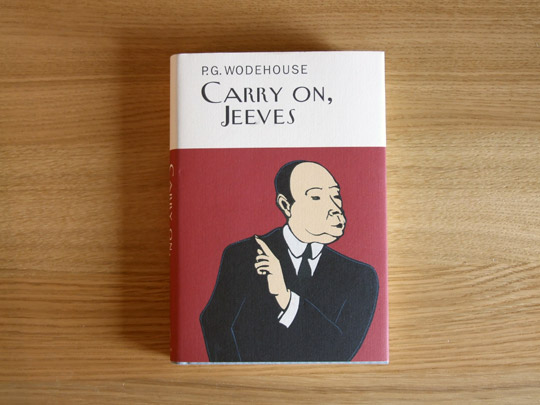New in at Leffot, button boots from Aubercy. They’re about as unique as they are arcane, and these types of boots are nowadays only produced by small manufacturers due to their niche demand. If you’d like to see a visual guide of how to use a button hook, Japanese store Otsuka has a pictorial.
Here’s another modern pair from J.M. Weston, once featured in the now defunct Last magazine:
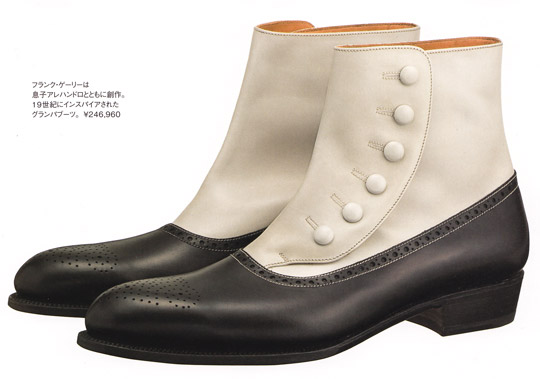
They were much more common during the 19th century, but slowly fell out of favor as laced boots and oxfords became more accepted in fashion circles. Even then shoemakers were always trying to come up with different methods to make them easier to put on.

Below, an illustration of a shoe laster working on a pair of button boots. From Harper’s Magazine, 1885.
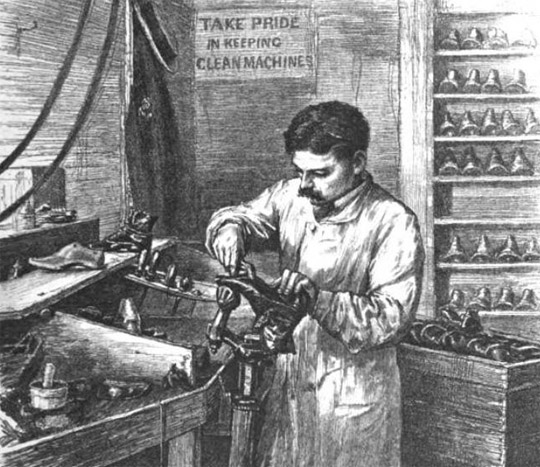
On the left, Ernest Shackleton wearing button boots with formal wear.
